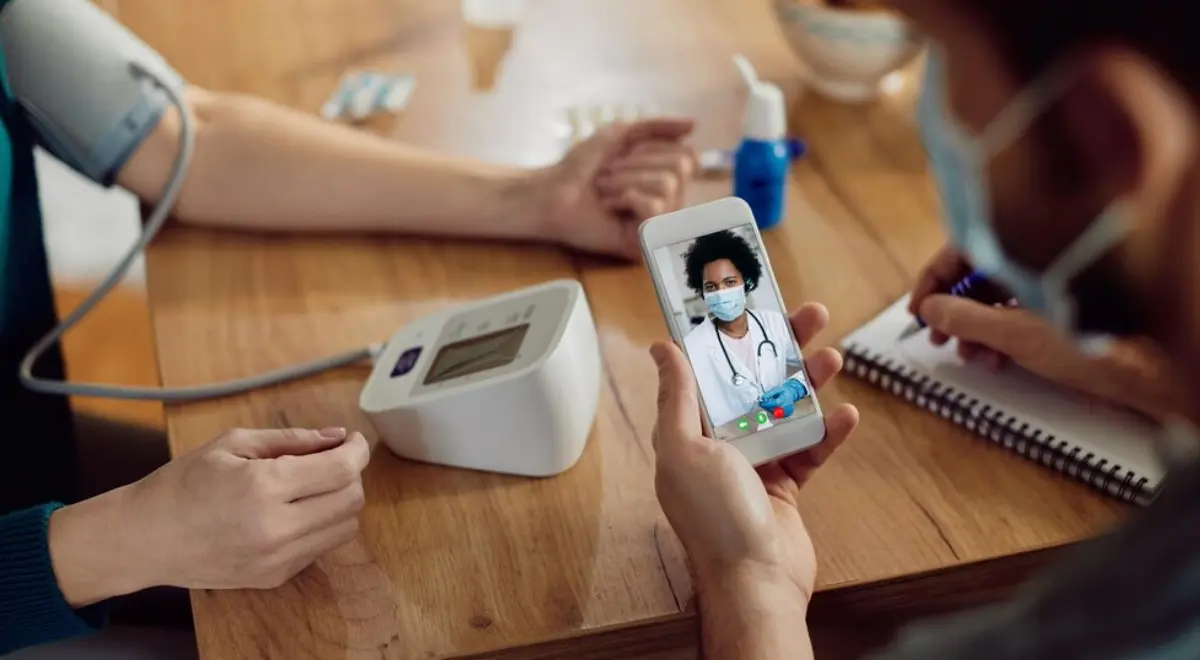How Patient Generated Health Data (PGHD) Drives Outcomes in RPM Platforms

Wondering how you can improve patient health outcomes? Patient Generated Health Data (PGHD) can help drive precision along with improving health outcomes in reference to Remote Patient Monitoring (RPM). It describes health data generated, documented, or collected by or from patients outside of traditional clinical settings.
Patient generated health data can help with timely interventions and consistent monitoring, which can improve clinical protocols and population health analytics, promote a collaborative approach to healthcare, streamline healthcare delivery by reducing the need for frequent in-person visits, and significantly improve health outcomes in the long run.
This data contains a variety of information, including:
- Vital indicators, such as temperature, weight, heart rate, and blood pressure.
- Health-related behaviors, including food, sleep habits, and physical activity.
- Patient experiences and symptoms, such as mood, pain thresholds, and medicine side effects.
- Lifestyle information, including environmental influences, daily schedules, and stress levels.
Table of Contents
ToggleHow PGHD Can Help Improve Health Outcomes?
- Reduces Clinical Visits & Hospital Readmissions: When patients have access to information regarding their health vitals and are able to communicate with their healthcare professionals remotely, they are less likely to end up making clinical or outpatient visits. RPM is not just a useful monitoring technique for reducing readmissions but also enables healthcare providers to support, educate, and monitor their patients with the goal of improving the quality of healthcare.
As per the healthcare trends, it delivered better outcomes for roughly six out of ten chronically ill patients. When patients exchange their health data with providers, healthcare costs associated with needless clinical visits and hospital stays get reduced, along with a reduction in patient emergencies.
- Prevents Acute Exacerbations of Chronic Illnesses: Patient generated health data reported via cellular enabled medical devices and healthcare apps is analyzed by the health providers who then make timely interventions. Wearables and monitoring devices, such as smartwatches collect health information and send it in real time. This allows providers to access your data right away and prevent acute exacerbations.
Patients who previously faced barriers to healthcare because of cost or distance can now transmit health information to clinicians more easily, quickly, and affordably, all because of RPM devices and platforms.
- Encourages Personalized Treatment Plans: Patient generated health data is increasingly being used in the treatment of chronic illnesses. Both patients and providers collaborate on this data for creating individualized care plans and in conjunction with RPM, it allows for addressing individual health needs and coordinating long-term care planning.
- Provides Details About Patient’s Health Status: PGHD may improve healthcare quality by increasing the efficiency, quantity, and accuracy of health data transmitted between patients and providers. Next-gen monitoring software like RPM helps deliver a holistic overview of patients’ health conditions by utilizing artificial intelligence, predictive analysis, and machine learning technology.
How Is Patient Generated Health Data Reshaping Healthcare?
In contrast to conventional medical data gathered during clinical visits, PGHD is reported in real time and offers a more thorough and detailed view of a patient’s health. It is proudly reshaping the modern healthcare system by:
- Supplying daily health data for continuous patient monitoring.
- Facilitating the early identification of possible health problems.
- Improving chronic disease management to lower hospital readmissions.
- Boosting self-management and patient involvement
- Enhancing performance to support value-based care efforts.
Track Your Patients’ Health With HealthArc’s RPM Platform
The right remote patient monitoring platform is the one that provides continuous and real-time access to patient generated health data. This can help improve various aspects of health by cutting unnecessary clinical costs and supporting patients and providers in managing chronic diseases, all while contributing to enhanced patient safety and satisfaction.
Choosing a HIPAA compliant RPM partner like HealthArc can not only helps with PGHD but also helps improve patient outcomes and data precision at the same time. Our platform offers features that help boost patient health, engagement rate, and satisfaction ratings, allowing healthcare practices to implement care programs more quickly and conveniently.
Want to take your healthcare delivery experience to the next level? Schedule a demo today and learn more about our remote patient monitoring software and patient generated health data.
Most recent blogs
Categories
- Advanced Primary Care Management
- Behavioral Health Integration
- Cellular Remote Patient Monitoring
- Chronic Care Management
- Chronic Care Management Billing
- Chronic Care Management CPT Codes
- Chronic Care Management Program
- Chronic Care Management Software
- Digital Health Platform
- Principal Care Management
- Principal Care Management CPT Codes
- Remote Care Programs
- Remote Monitoring Devices
- Remote Patient Care
- Remote Patient Monitoring
- Remote Patient Monitoring Billing
- Remote Patient Monitoring CPT Codes
- Remote Patient Monitoring Devices
- Remote Patient Software
- Remote Therapeutic Monitoring
- Remote Therapeutic Monitoring Billing
- Remote Therapeutic Monitoring CPT Codes
- Telemedicine & RPM
- Transitional Care Management
- Transitional Care Management Billing
- Transitional Care Management CPT Codes
Related Posts
- February 14, 2025 | Read Time: 4 mins
Monitoring Post-Surgical Recovery With RPM Systems
- February 10, 2025 | Read Time: 5 mins
RPM Tools & Strategies for Chronic Pain Management
- February 3, 2025 | Read Time: 3 mins






